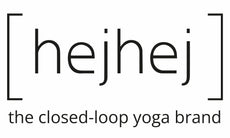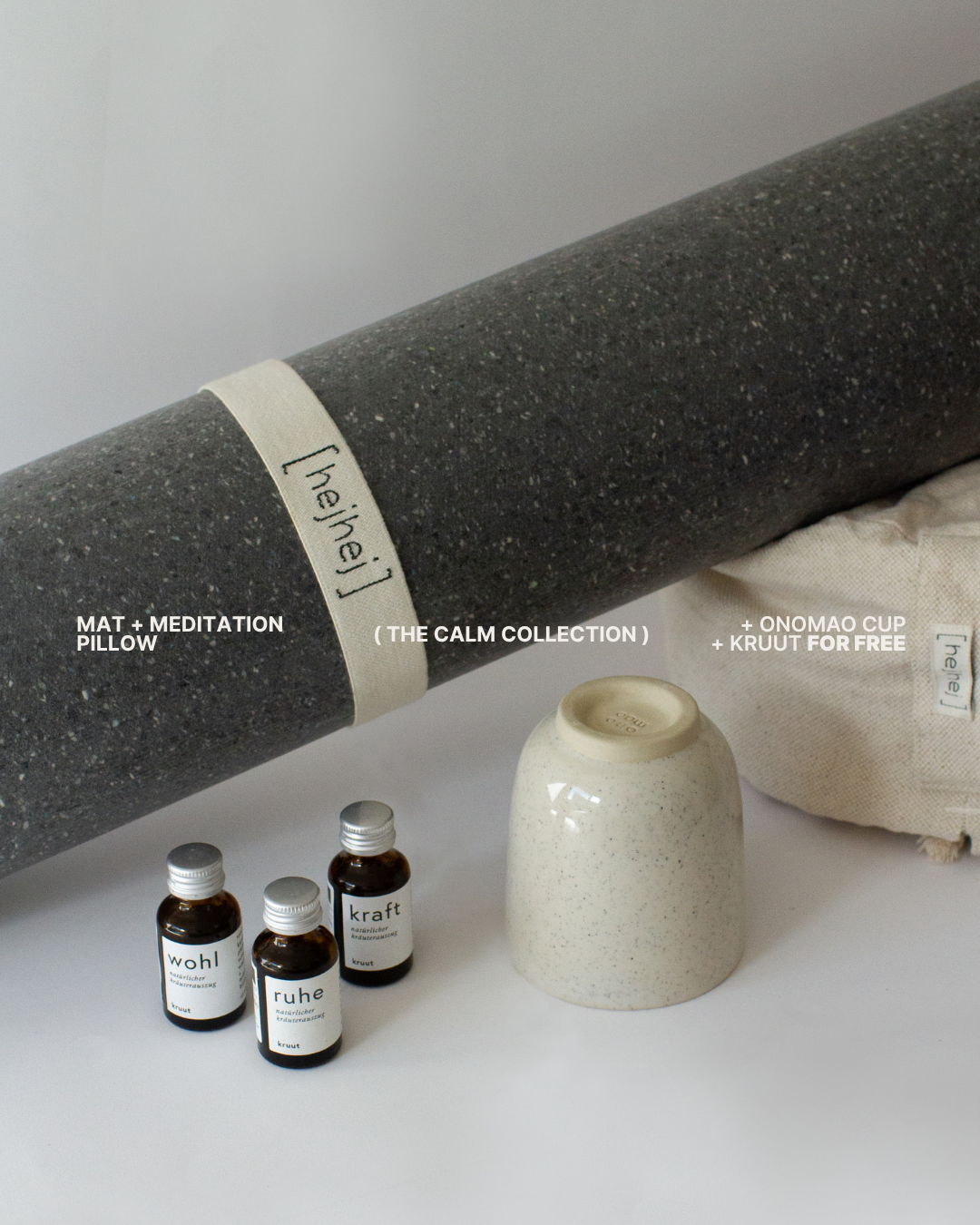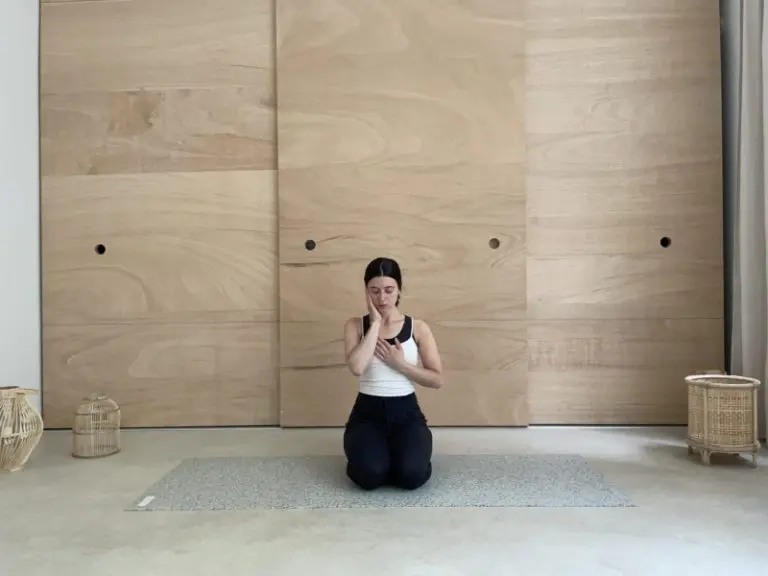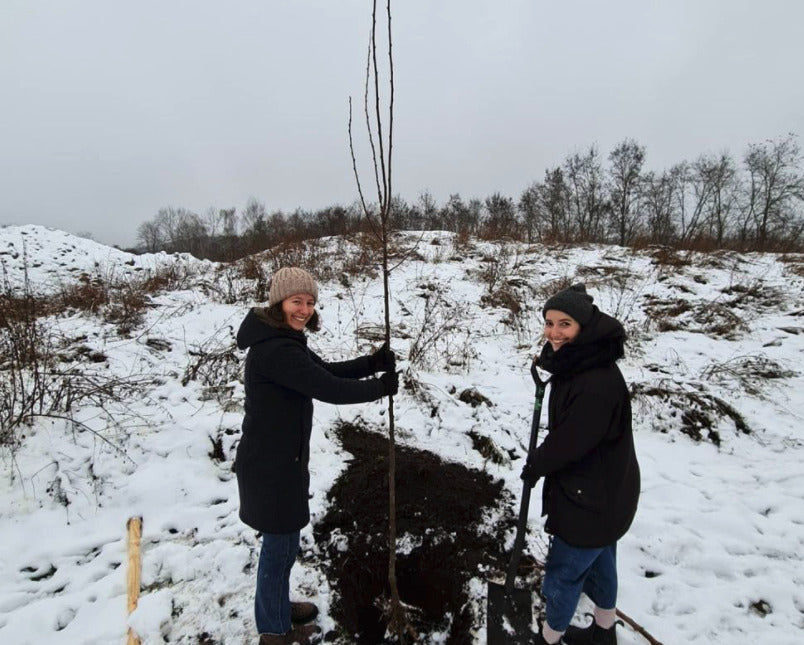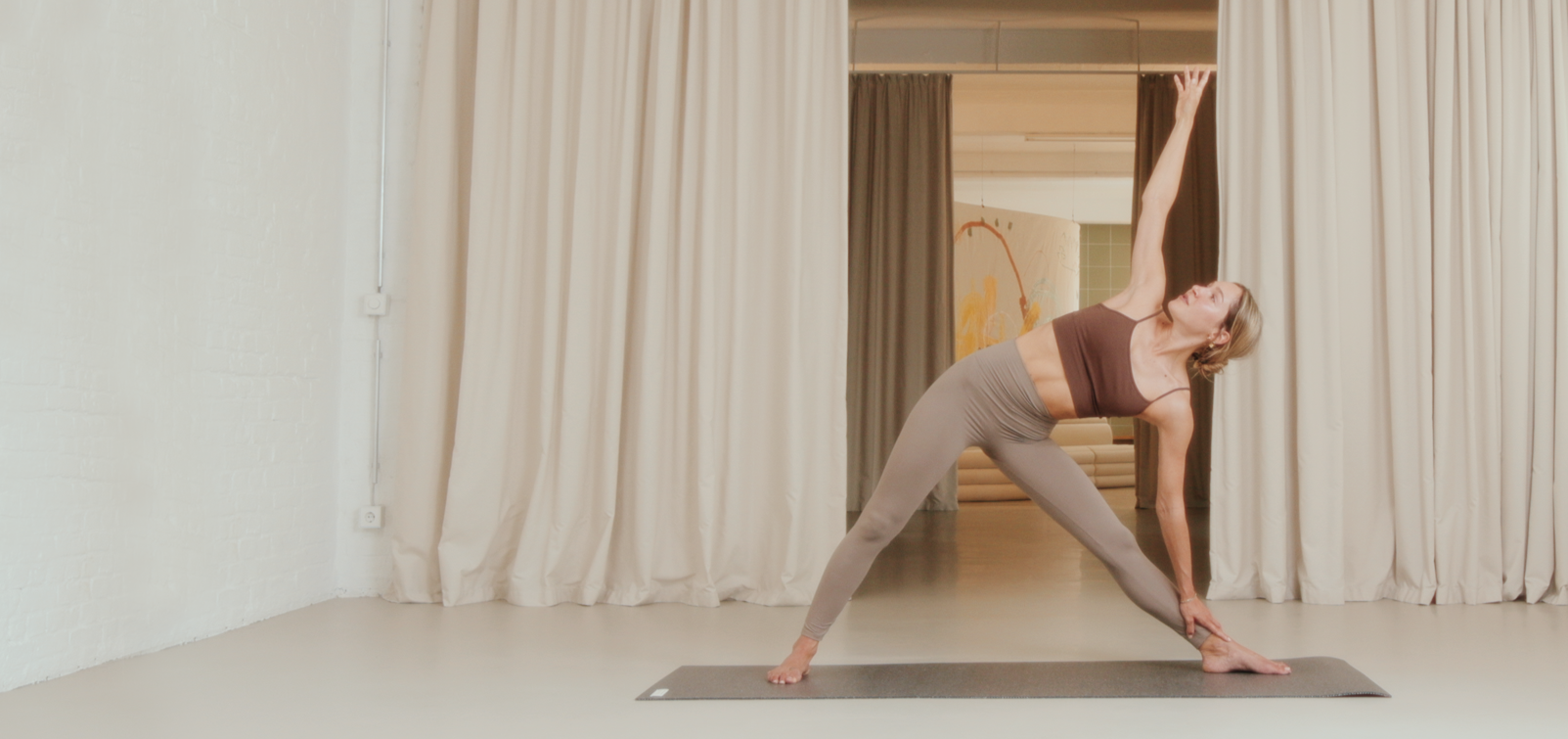Circular Economy – a quick introduction
The circular economy holds the greatest sustainability potential for us. It is an alternative economy to the consumption of finite resources. In the circular economy, resources flow endlessly in cycles. Waste serves as a resource for new products so that no more waste is created on our planet. It is even more important that products are used for as long as possible. They should be repairable, have a high resale value, be upgradable and easily disassembled or converted into new products. They are not simply returned or recycled because they no longer appeal or out of a desire for a new consumer product.
The important thing to understand here is that circularity means that resources can be recycled endlessly. Most products in today’s society are recycled inferiorly, if at all (downcycling), or can only be recycled once.
The idea behind hejhej motivates us to be more sustainable every day. We want to show companies that there is another way. Show you that your choice does matter when you buy. You can direct things with your purchase and attention.
The Circular Economy is not just an adaptation to a sustainable future. This way of doing business is a systemic change that brings environmental and social benefits. Our future.
The biological and technical cycle
In the Circular Economy, products flow in two different cycles. In the biological cycle, resources are returned to nature. In the technical cycle, resources circulate endlessly in cycles. It is important for systematic change that companies offer a take-back system for their products that cannot simply be disposed of via the household compost or organic waste bin.
Technical cycle
A technical nutrient is a material or product that is designed to return to the technical cycle, to the industrial metabolism from which it originates. The raw material has been so deformed by humans today that it can usually no longer be returned to the biological cycle. Nowadays, many products consist of vast quantities of individual chemicals. Not only do these chemicals pollute the environment when they are disposed of. They are also still being wasted, so to speak, for the industry. It would make much more sense if these non-biodegradable chemicals or other substances could simply be reintroduced into the cycle and used for further products, wouldn’t it? Producers would like consumers to return their products. In the future, companies would save on material costs here and there would be no hazardous waste.
The important thing here is to upcycle rather than just recycle products. This means that these substances continue to circulate and be used in products of higher quality, or at least of the same quality. It is also essential that the product is designed in advance so that it is as easy as possible to separate and recycle the components. It is therefore important to separate raw materials such as plastics properly so that only the same basic plastics can be recycled together. Plastic remains more high-quality this way.
Biological cycle
A biological nutrient is a material or product that is intended to return to the biological cycle. It is literally eaten up by microorganisms in the soil and by other animals. Raw materials here should really be “consumed by the soil” and easily biodegradable (grain husks).
This would be particularly interesting for packaging. How cool would it be if we could just throw these on our compost? And nothing remains.
Thinking a bit further. What if the rubbish we dispose of through the soil could even still supply nutrients to the plants? Throwing something away without guilt and giving something back to nature in the process.
hejhej-mat
It is precisely this cycle that we observed in our first closed-loop hejhej-mat. A very important part of the product development was to make it possible to recycle the yoga mats as easily as possible after the product life cycle without reducing the quality of the materials. To ensure that the cycle really remains closed, it is also the responsibility of the customer to return the hejhej-mat to us after its period of use. We can then recycle 100% of your returned hejhej-mat and use it as raw material for future hejhej-mats. In this way, we take responsibility for the entire product and its disposal. No waste is produced. We trust in you as a consumer to provide us with your used hejhej-mat and thus the resources that are in it, again as materials for new hejhej-mats. Currently, the hejhej-mats are still mainly made from pre-consumer waste. As soon as we have a certain amount of you as raw material, this post-consumer waste also flows into our production.
For us, the hejhej-mat is an example of a technical product in which the chemical material is fed back into the technical cycle. The product take-back system is essential here! It is therefore important to inform the customer about the return right from the start. That is why we have also offered a take-back system since the beginning. With us, you can return your hejhej products for free and get an additional 15% discount on your next purchase.
hejhej-bolster
Since the beginning of the year, we have also been increasingly serving the ecological cycle with our products. The new hejhej-bolster is filled with an ecological spelt filling. Through organic farming, we – and you with your purchase – support sustainable agriculture. We give a new upcycled use to a residual product that is produced en masse. Since the husks are waste on the farm, they are usually “disposed of” in the field. The husks, i.e. the hulls of the high-quality cereal grains, no longer contain any nutrients worth mentioning, and so they are not used as feed but only as bedding for animals. As a pillow filling, this beautiful natural resource is therefore enhanced and used by the consumer, the human being, for a long time to come. Once they are out of shape, they are biodegradable. They can simply be disposed of in the compost or organic waste bin. You can even use husks soaked in nettle manure as fertiliser for your vegetable patch!
For us, these grain husks are a super example of a biological material that is returned to the biological cycle where it is actually consumed by the soil.


The aim is therefore to develop products in such a way that the raw materials can be returned to the biological and/or technical cycle. As we see the Circular Economy as the only sustainable way of doing business for our future, we manufacture all our hejhej products with this closed-loop product principle.
We are shaping our future to be as sustainable as possible. Together with you!
Source:
Michael Braungart, William McDonough (2002), “Einfach intelligent produzieren”, 2. Aufl., Berlin, Ellen MacArthur Foundation, (opened march 2021)
